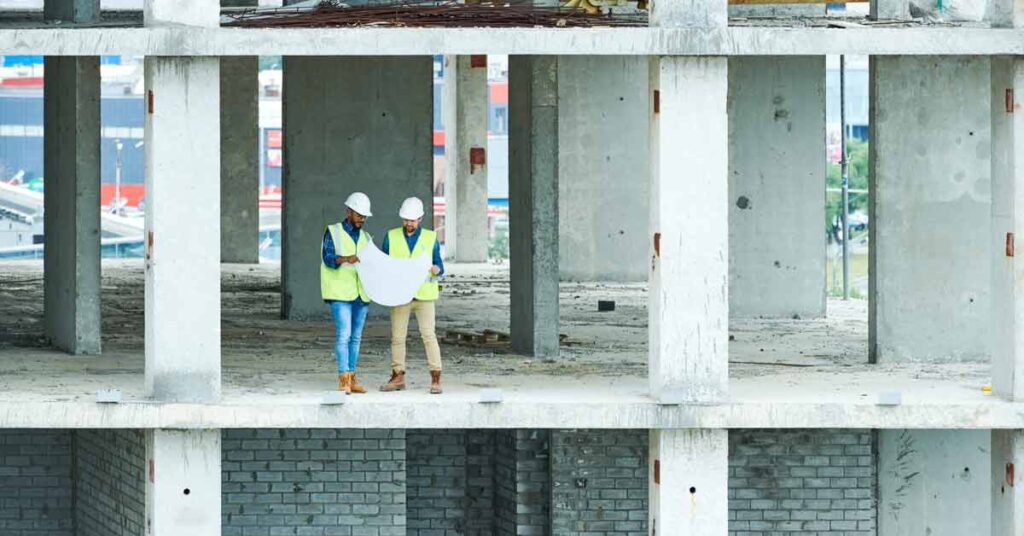When considering buying a property, a potential buyer is faced with endless options, from family homes in the suburbs, investment starter homes in the country, fixer-uppers in the inner city, apartments in the CBD, and so many others. It really depends on you, the buyer, what you can afford and what you find appealing.
One option may be an off-the-plan property, but like with any other sizable purchase, it is best to first arm yourself with as much information as possible; considering the pros and cons associated with this sort of property, as well as seeking professional advice, can greatly help in making an educated decision before closing the deal and receiving the keys to the front door.
One of the main reasons a homebuyer may gravitate toward an off-the-plan property is the “brand new” feeling associated with it. The idea of picking the paint, windows, bathroom size, number of closets, or the type of floor tiles in the kitchen can be very appealing, like the smell of a brand-new car.
The very same point can be a deterrent as well. An off-the-plan property is new, so new that it does not yet exist; the buyer will not be able to see it until it is built, and in the meantime they will have to rely solely on the developer’s display suite for reference and hope that it will be accurate once completed.
The pros of buying off the plan
- Off-the-plan properties may be located in desirable locations, allowing the new owner to enjoy a certain lifestyle, near cafes, shopping districts and cultural centres.
- The development may include in-house amenities such as a pool and gym.
- First home buyers may receive financial assistance. South Australia, for example, offers first-time buyers a grant of $15,000 on new homes, while NSW waives stamp duty on purchases under $650,000.
- Although off-the-plan properties have a set price, builders may still be open to negotiation, especially if they’re struggling to make sales.
- One of the advantages of an off-the-plan property is the price lock. If the market appreciates and there is a call for higher housing prices, the buyer pays the price the property was locked in at the time of purchase.
- When the property is under construction, usually a 10% deposit is required by the developer. The remaining balance is not typically due until the property is complete, which can vary anywhere between 12 months and five years.
The cons of buying off the plan
- Off-the-plan apartments are sold with a developer’s profit margin built into the price.
- A large percentage of the buyer’s money pays for the building and associated works, such as elevators, pools and gyms, which depreciate in value over time.
- When buyers eventually settle, they may discover that the official valuation is less than their purchase price – which, in turn, might make it harder to secure finance.
- Buyers may commit to buying a property 24 months in advance, but may not be able to organise finance until three months in advance.
- The developer may not complete the build in time.
- If the developer goes into bankruptcy, construction may stop and the buyer may lose their deposit.
Do your research
Speak to a broker or lender before signing an off-the-plan contract, so you can understand your options and your obligations. (Note: Well Money doesn’t actually lend on off-the-plan purchases!)
Off-the-plan properties can work well for owner-occupiers and investors – but they can also cause problems if you don’t do your research.







